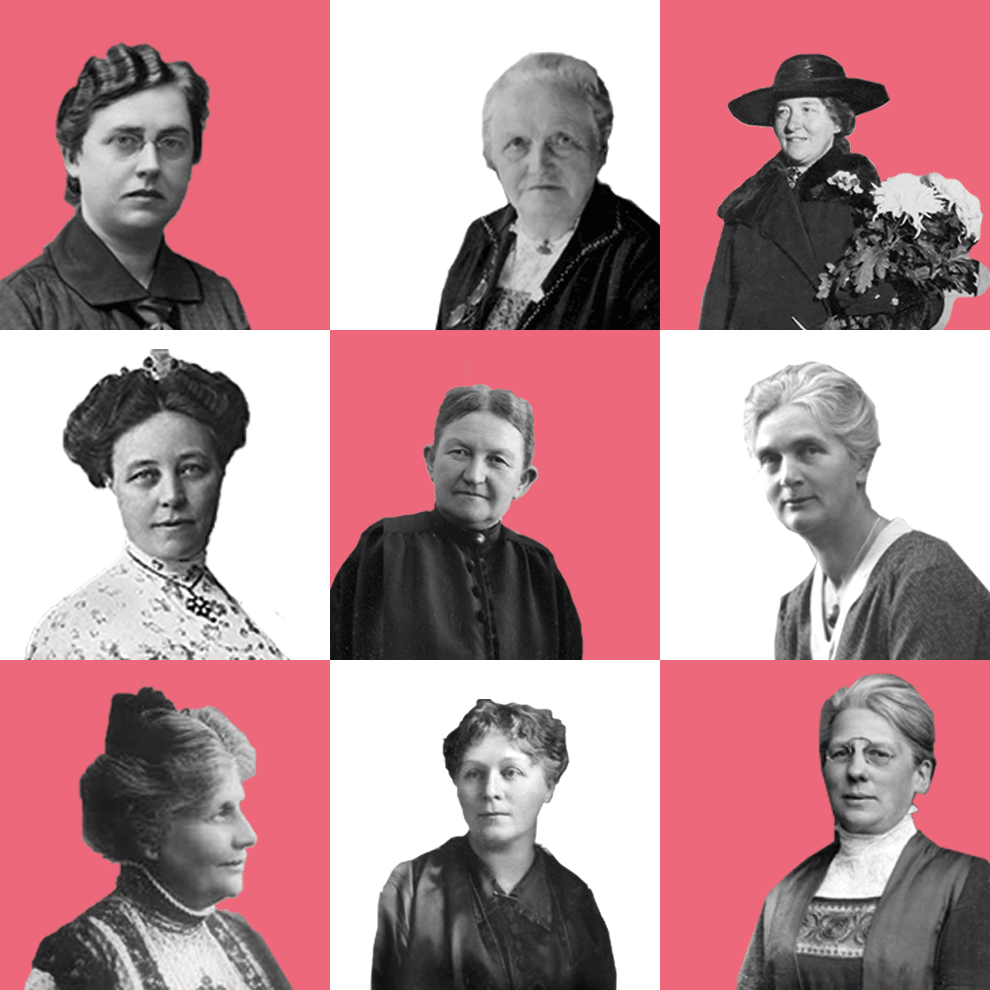100 years ago: Danish women voted for the first time at a parliamentary election
On 22 April 1918, Danish women went to the polling booths to cast their vote for the first time at a parliamentary election.

Today it seems obvious that women should have the same democratic rights as their male counterparts. But that was not always the case in Denmark, and the struggle to secure women’s right to vote was long and tough. In 1915, the Danish constitution act was changed, and women gained the right to vote and run for parliamentary elections. A huge victory for the women’s rights organizations and politicians who had fought for democratic equality between men and women.
Due to World War I, women had to wait 3 years before they could use their newly won right to vote. 22 April 1918 became a special day in the history of the Danish democracy, when women for the first time were able to cast a vote.
The first 9
Especially the women’s rights organizations had been optimistic for the election and believed that the changes in the constitutional act would entail that Danish women would enter the political sphere in large numbers and secure a more equal representation of women and men in the Danish Parliament. With the 1915-constitution, the numbers of Danish voters was more than doubled, and 91 percent of the new voters were women. This meant, that the political parties had to navigate in a new political environment. Prior to the parliamentary election, the Danish women’s rights organizations agitated that women would use their newly won right to vote.
However, getting a foot inside the heart of the political domain turned out to be more challenging than the women’s rights organizations had predicted. In 1918, 41 women ran for election. In total 402 political candidates fought to get one of the seats at the Parliament. Only 9 women were elected.
Women on political posts
Much has happened since the election in 1918. A number of significant female politicians have walked the corridors of Christiansborg Castle, the home of the Danish Parliament. Women’s influence on Danish politics and the Danish society has been tangible.
Denmark was the first country to appoint a female minister in a democratically elected government, when former Prime Minister Thorvald Stauning made Nina Bang Minister for Education. The next female ministers were appointed in 1947, but since then Denmark has had many female ministers managing ministries such as the Ministry of Defence, the Ministry of Finance and the Ministry of Social Affairs, just to name a few.
In 2005, Denmark’s first female Prime Minister was elected when Helle Thorning-Schmidt won the parliamentary election. In 2015, Pia Kjærsgaard was elected as Speaker of the Danish Parliament, and thus became the first woman to ever hold that position.
